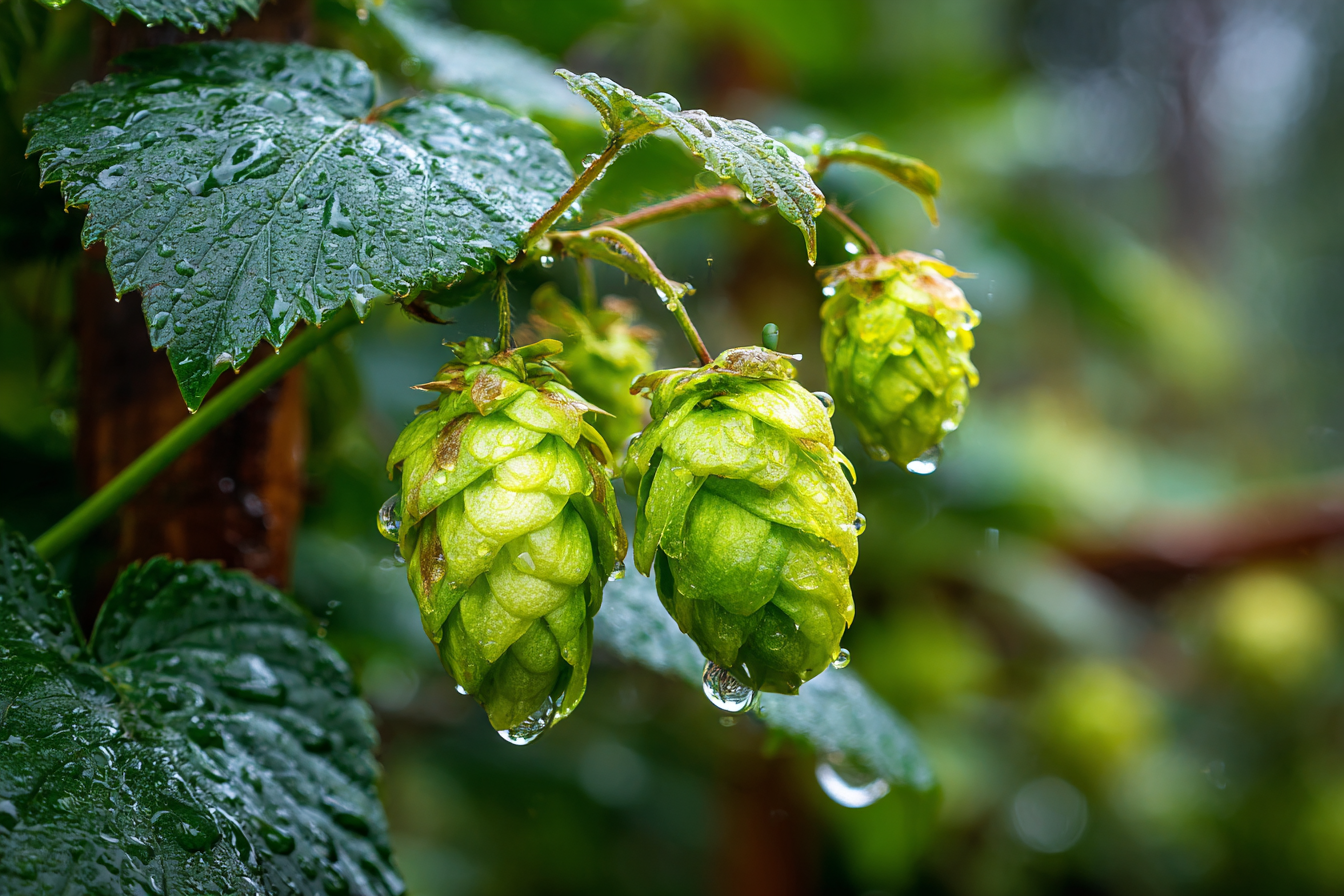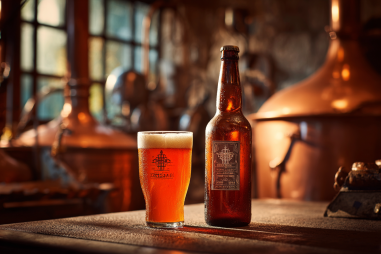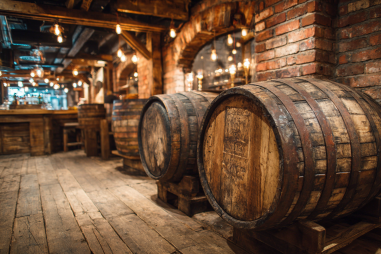New Zealand Pilsners have carved a special niche in the world of craft beer, admired for their crisp, refreshing taste and vibrant hop character. Central to this distinctiveness are the native New Zealand hop varieties, which bring a unique palette of aromas and flavors not commonly found in other regions. From bright tropical fruits to bold floral notes, these hops help brewers craft pilsners that are as expressive as they are enjoyable. In this article, we’ll explore the standout New Zealand hop varieties frequently used in brewing pilsners, delve into their flavor profiles, and discuss how these hops influence the overall beer experience.
Hops in New Zealand Pilsners: A Brief Introduction
Hops play a pivotal role in defining pilsners, contributing bitterness to balance malt sweetness along with complex aromas that enliven each sip. New Zealand’s unique climate and terroir have given rise to hop varieties that offer a distinct character, often described as intensely aromatic and fruit-forward. These hops aren’t just bittering agents; they are the soul of New Zealand Pilsners, imparting vivid notes that range from citrus and tropical fruits to spicy and floral undertones.
Unlike traditional European pilsner hops, which tend to lean toward subtle herbal and earthy profiles, New Zealand hops often bring a more pronounced and vibrant aromatic quality. Their versatility makes them excellent choices not only for bittering but also for late additions and dry hopping, enhancing both flavor and aroma.
Popular New Zealand Hop Varieties in Pilsners
Several New Zealand hops have gained prominence among brewers for their exceptional qualities. Here’s a closer look at some of the most popular ones that shine brightly in the pilsner style:
- Nelson Sauvin
- Motueka
- Riwaka
- Wakatu
- Pacific Jade
Flavor and Aroma Characteristics of Key New Zealand Hops
Understanding the unique characteristics of each hop variety helps brewers tailor their pilsners to showcase specific flavor profiles. Let’s unpack what each of these beloved NZ hops brings to the table.
Nelson Sauvin
Nelson Sauvin is perhaps the most iconic New Zealand hop. Named after the Sauvignon Blanc grape, it is famous for its white wine-like characteristics, offering aromas reminiscent of gooseberry, passionfruit, and tropical fruits with a subtle hint of white grape. Its bitterness is moderate and clean, making it an excellent choice for late additions and dry hopping in pilsners that want that fruity zing without overpowering the overall balance.
Motueka
Motueka hops are prized for their bright, citrus-forward profile. Expect flavors and aromas of lime zest, lemon sherbet, and nuances of tropical fruits like green mango. Motueka has a mild to moderate bitterness, which complements pilsner malt nicely and lifts the beer with its refreshing citrus notes, perfect for summer sipping.
Riwaka
Riwaka hops present a lush bouquet of tropical fruit such as passionfruit, mango, and pineapple, accompanied by subtle earthy and spicy undertones. This hop variety has a slightly more assertive bitterness compared to Nelson Sauvin and Motueka, which can provide a nice backbone in pilsners. Its rich aroma adds depth and a distinctive New Zealand flair.
Wakatu
Wakatu is a cross between Saaz and Hallertau Mittelfrüh hops, blending European elegance with New Zealand’s signature character. The result is a hop that provides sweet, fruity aromas featuring citrus, lime, and subtle floral hints. With moderate bitterness, Wakatu lends a smooth bitterness that supports the malt profile without harshness, allowing for a well-rounded and balanced pilsner.
Pacific Jade
Pacific Jade is known for its bold herbal and spicy notes coupled with tropical fruit nuances like melon and passionfruit. Offering moderate bitterness and a clean finish, this hop is ideal when brewers want to add complexity to their pilsners through slightly earthy and piney flavors, all while keeping the beer crisp and refreshing.
How Hop Choices Influence the Beer Profile
Choosing the right hops for a New Zealand Pilsner can dramatically shape the beer’s character. The level of bitterness, the timing of hop additions, and the combination of varieties all impact the final flavor and aroma. For instance, retiring solely on traditional European hops would produce a more restrained and classic pilsner, but incorporating New Zealand hop varieties introduces vibrant fruitiness and fresh, lively aromas.
Late hop additions and dry hopping techniques are particularly effective with NZ hops, allowing brewers to boost aromatic complexity without overwhelming bitterness. This balance is crucial in pilsners, where the aim is to maintain a clean, crisp body accented by delicate yet distinctive hop notes.
Brewing Tips for Utilizing New Zealand Hops
To maximize the impact of New Zealand hops in your pilsner, consider the following brewing tips:
- Emphasize late additions: Add NZ hops during the last 10 minutes of boil or during whirlpool to preserve their delicate aromatics.
- Dry hop carefully: Dry hopping can enhance fruity and floral aromas, but be cautious with quantities to avoid overpowering the beer’s subtle balance.
- Combine hop varieties: Blending hops like Nelson Sauvin and Motueka can create complex layers of aroma, merging tropical fruit with citrus crispness.
- Balance bitterness and malt: These hops provide moderate bitterness, so adjusting malt sweetness accordingly ensures a harmonious pilsner.
- Control fermentation temperature: Using a clean lager yeast at controlled temperatures preserves hop character and allows malt to shine through.
Pairing New Zealand Hops with Malt and Yeast Selections
While hops play a starring role, malt and yeast choices significantly influence the overall beer profile. Pilsners typically rely on light, clean malt bills—often Pilsner malt—to provide a crisp, bready backbone without overshadowing hop character.
When pairing New Zealand hops with malt, choosing a lighter malt allows the bright, fruity notes of hops like Nelson Sauvin and Motueka to take center stage. Some brewers add a touch of Vienna or Munich malt for a subtle biscuit note that complements rather than competes with hop aroma.
Yeast selection is also key. Traditional lager yeast strains that ferment cleanly with minimal ester production work best to maintain a crisp and refreshing pilsner profile, allowing the nuances of New Zealand hops to shine. However, for brewers wanting an extra layer of complexity, some use ale yeast strains with restrained fruity esters to play off the fruity hop character without dominating it.
Celebrating the Diversity of New Zealand Pilsner Hops
New Zealand’s hop varieties have transformed the way brewers approach the classic pilsner style, infusing it with vibrant aromas and bold flavors that capture the unique spirit of this country. Whether it’s the wine-like gooseberry notes of Nelson Sauvin, the lime zest punch of Motueka, or the tropical fruit extravaganza from Riwaka, these hops allow for endless creativity and exhilarating drinking experiences.
For brewers and beer lovers alike, exploring New Zealand pilsner hop varieties offers a refreshing departure from tradition, inviting a world where crisp, clean pilsners meet bright, fragrant botanicals born from the land of the long white cloud. The next time you enjoy a New Zealand Pilsner, take a moment to appreciate the hop varieties that make it truly unforgettable.







